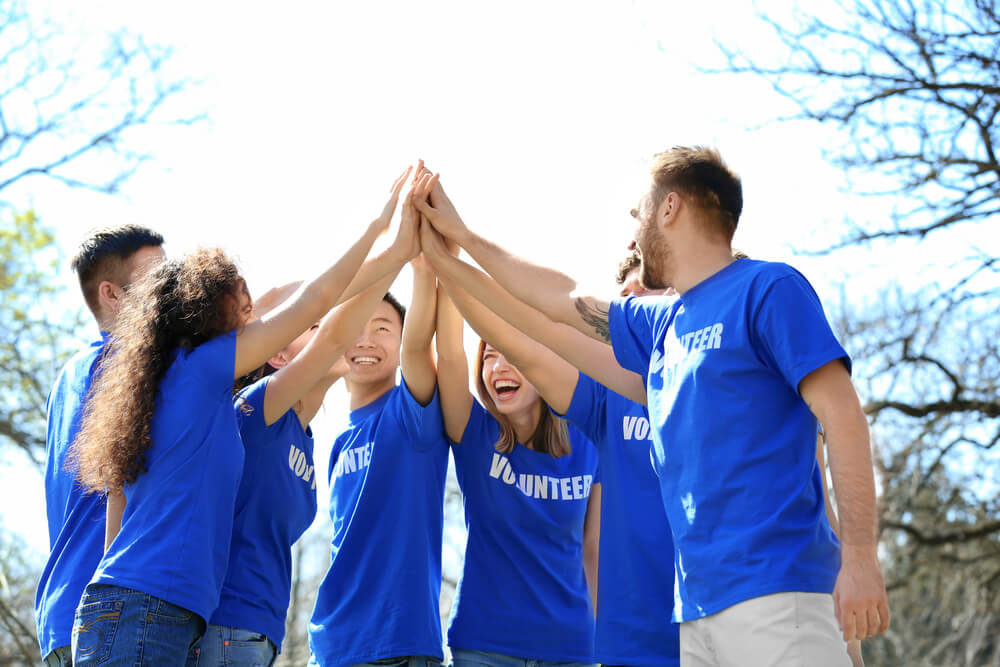Harnessing the concept of ‘Helper’s High’ can significantly enhance your company’s volunteering efforts. This phenomenon, characterised by the euphoric feeling that accompanies altruistic acts, not only benefits employees but can also foster a stronger corporate culture.
When we consider acts of altruism and kindness, it’s easy to focus solely on the benefits to those receiving help. It might seem self-centred to think about the rewards for the giver, but this perspective should change! If the giver is passionate about the cause, there’s no shame in recognising the emotional and physical benefits of helping others. After all, why shouldn’t doing good make us feel good? Generosity, selflessness, and an extended sense of self favour our ability to confront successfully the environmental and societal challenges we face on our planet.
The advantages of altruism extend well beyond mere satisfaction. Psychologists refer to the joy of helping others as “Helper’s High.” This term describes the euphoric feeling triggered by donating time or resources, which activates the brain’s dopamine pathways. Research has shown that giving not only enhances happiness and boosts self-esteem but can also improve sleep quality by reducing anxiety. On a more personal level, giving fosters gratitude for one’s circumstances, as it allows us to recognise and assist those who are less fortunate. This shift in focus can also provide a welcome distraction from our challenges.
Volunteering is also an essential aspect of a healthy lifestyle—not just because it brings calm and happiness. Engaging in volunteer work can lead to numerous health benefits, whether it involves outdoor activities like tree planting, running charity marathons, or simply spending more time socialising outside the home. Research indicates that individuals aged 55+ who volunteer for two or more organisations have a 44% lower risk of dying, making volunteering nearly as beneficial as quitting smoking. Hence, starting volunteering work and building a habit early on at work life is like getting free life insurance!
To truly experience Helper’s High, meaningful volunteering opportunities are essential. The cliché activities like “painting a fence” or “picking up litter” often no longer resonate with individuals who are more informed and eager to make a genuine impact with their time and skills. Companies should prioritise this shift in perspective to maintain high participation in volunteering initiatives.
At whatimpact.com we aim to simplify the volunteering and partnership process by providing clear insights into a charity’s mission, how to support them and giving access to the impact data. For the Helper’s High to take place, there needs to be an acknowledgement of the difference being made!
This positive approach will not only motivate company volunteers to continue their community work but may also inspire those who were not interested in putting in effort before.
Additionally, seeking small acknowledgements, like a simple “thank you,” isn’t selfish; it’s a reminder that we’re all human, and those two words could ignite a lifelong commitment to giving to someone else. This communication is extremely important and at whatimpact.com VCSE organisations send greetings, testimonials and case studies for their supporting organisations.
By leveraging the powerful effects of Helper’s High, companies can cultivate a vibrant culture of volunteering that benefits both employees and the broader community. Embracing this approach not only enhances employee satisfaction and retention but also reinforces a company’s commitment to social responsibility, creating a win-win scenario for all involved.
More on Helper’s High:
The Greater Good Science Center at the University of California, Berkeley
https://greatergood.berkeley.edu/article/item/the_helpers_high
Psychology Today
https://www.psychologytoday.com/gb/blog/high-octane-women/201409/helpers-high-the-benefits-and-risks-altruism





